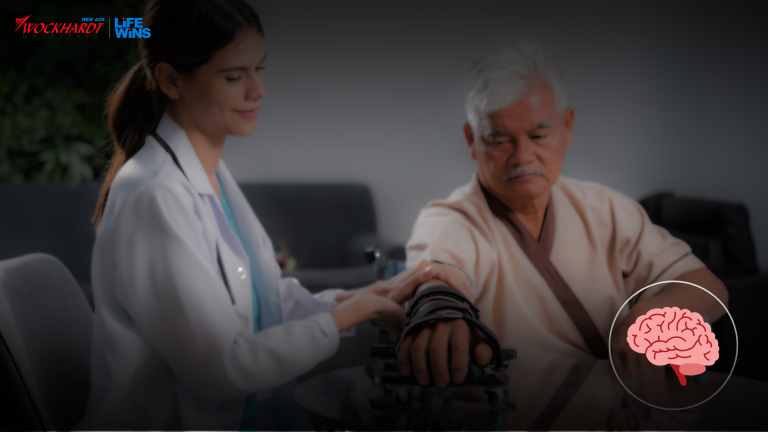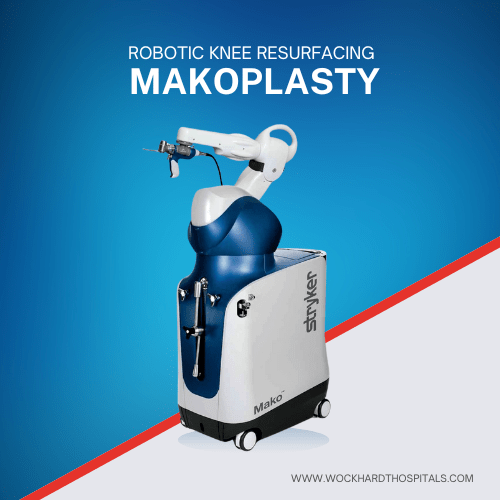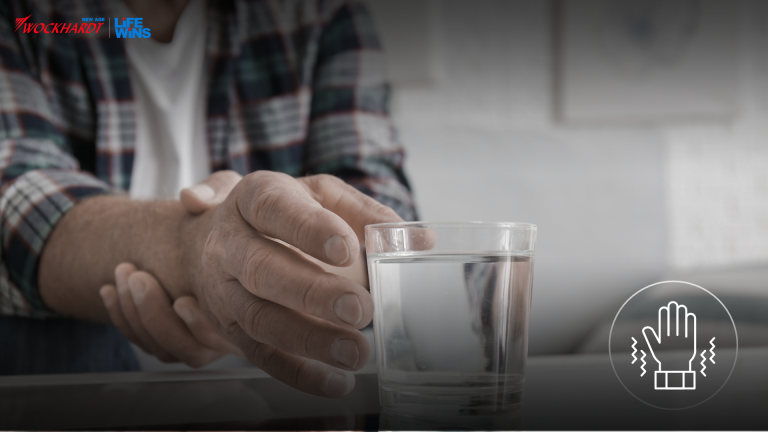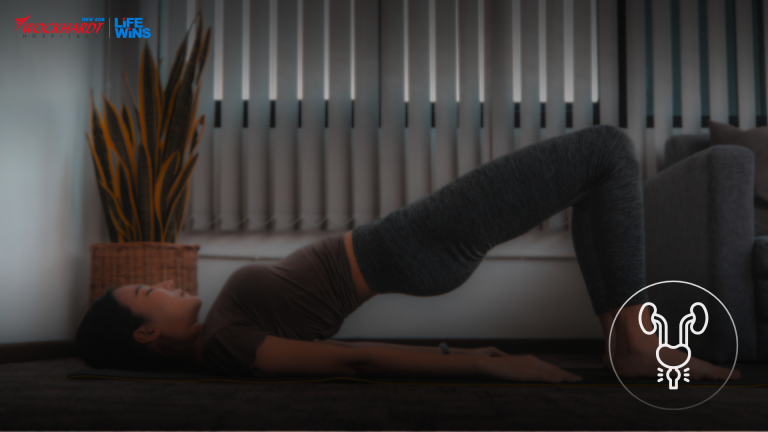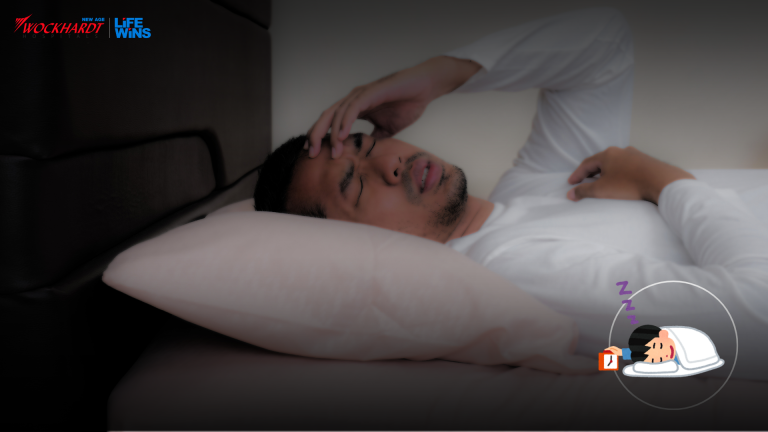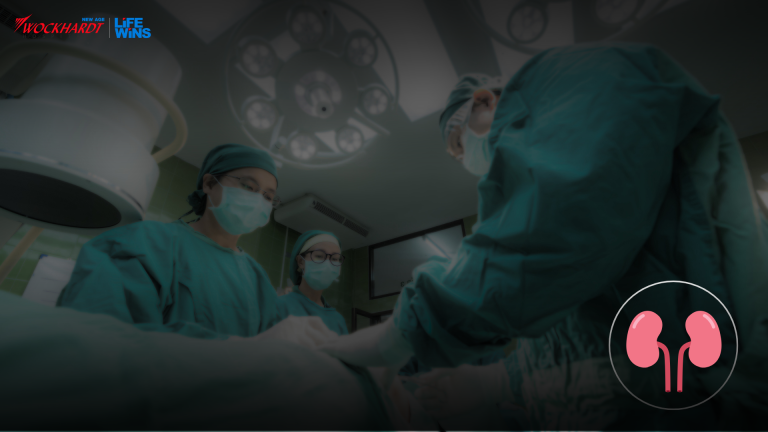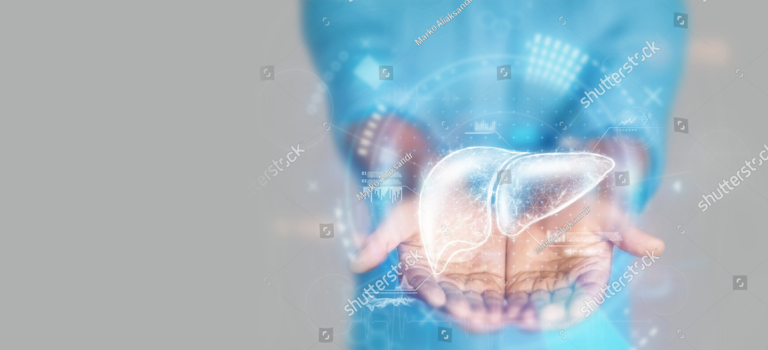Introduction
If you live with someone with a history of stroke or any other ailments that might cause it, it is very important to be aware of how to respond quickly. Since stroke is an acute life-threatening condition, the immediate response goes a long way.
Like all medical emergencies, the first and most important thing to do is to call 8108181081 and inform the nearest healthcare centre to assist. Quick response to a stroke can significantly reduce the long-term effects or disabilities that might occur following a stroke. Here is a list of everything you should know about it.
What is a Stroke?
A sudden disruption in the blood flow to your brain causes a stroke. When your major blood vessels to the brain are affected, brain cells start deteriorating due to the lack of oxygen, which manifests as a stroke. In short, a stroke is the brain’s equivalent of a heart attack.
Risk Factors of Stroke
Though a stroke can occur in anybody, young or old, they are more common in the later stages of life. Studies show that two-thirds of strokes occur in people older than 65. Apart from age, other medical issues like hypertension, diabetes, and hyperlipidemia also run a higher risk of developing stroke. Any history of stroke and heart conditions is also an important factor here.
Stroke remains the second biggest cause of death worldwide and is also a leading cause of disability.
Understanding the Signs of a Stroke
The following symptoms can present at different intensities depending on the severity of the stroke. Common warning signs of stroke include:
- Difficulty in maintaining balance.
- Blurry vision or seeing double.
- When asking a person to smile, the face might droop to one side.
- Drooping of the arm when asked to lift straight.
- Slurred speech is a very common indication.
Along with this, one might also have dizziness, vomiting, nausea, neck stiffness, emotional instability, confusion, memory loss, headaches, and in very severe cases even a coma.
Things to Do When Someone Has a Stroke
It is important to take these measures even if someone has only one of the mentioned symptoms. As said earlier, stroke response at the earliest is life-preserving at best. Here are the crucial steps to follow.
Call Emergency Services
Whenever you notice the stroke symptoms, call your local emergency service or instruct someone nearby to do so. Stay calm and avoid causing any panic.
Get to a Safe Location
In case of someone having a stroke in an unsafe or public area like a pool, make sure you take them to a safe and secluded space while waiting for help. Try to position them on their side with a slight head elevation with support. This is to prevent any asphyxia in case they vomit.
Check for Breathing
You can check this by the airflow through the nostrils or their chest movements. In case of absent breathing, start with chest compressions. Remove any clothing that might be restricting their breathing.
Keenly Observe
While waiting for help, be careful to look out for any signs of stroke that were mentioned earlier. Remember them carefully to inform the health care provider when the time comes.
Communicate
Stay calm and reassure those around you. In case the person gains consciousness, make sure not to let them eat or drink anything, as it might pose a high risk of choking. Keep them resting in the same position till help arrives.
What Not to Do
While someone is having a stroke, make sure you do not allow any of the following things to happen.
- Always ensure that the person suspected of a stroke receives medical help. Do not dismiss it or let them disregard it as mild discomfort and return to their routine. Even if it is an uncomfortable time of the day, make sure you take that person to the ER.
- Never let a suspected stroke patient go to the hospital alone. Make sure that you accompany the person or send them with a person trustworthy enough to notice any symptoms and signs that may occur on the way to the hospital. Sending the person to the hospital alone is very dangerous, as the aftermath of a stroke includes loss of consciousness and many other severe issues.
- Do not allow any self-medication until you reach a healthcare centre and arrive at a proper diagnosis. Even if that is the case, only take medications your treating physician prescribes.
Stroke Diagnosis and Treatment
Here’s what treatment after stroke looks like:
- How is the diagnosis made?
A physician diagnoses a stroke using neurological examination and imaging. Commonly done tests include a CT scan, lab tests for blood parameters, an ECG or EKG, and MRI scans. Rarely, an EEG might be done to rule out any seizures or similar problems. - How is a stroke treated?
All patients with stroke are given general advice on controlling their blood pressure and cholesterol levels. Apart from that, specific modes of treatment include thrombolytic drugs and Mechanical Thrombectomy.
FAQs
Q1. What are the changes I will notice on the face of someone who has had a stroke?
The face might droop to one side after a stroke or during a stroke. This becomes more obvious when the patient is asked to smile.
Q2. Why should we not self-medicate?
Though some advice giving aspirin for an ischemic stroke, it can be very harmful if the person has had a hemorrhagic stroke.
Q3. What are the types of stroke I should know about?
Stroke can be of two types: Ischemic and hemorrhagic. Blood clots mostly cause ischemic strokes. A few reasons include atherosclerosis, heart defects, and clotting disorders. Some causes of a hemorrhagic stroke include brain aneurysms, brain tumours, and certain diseases affecting the vasculature of the brain.
